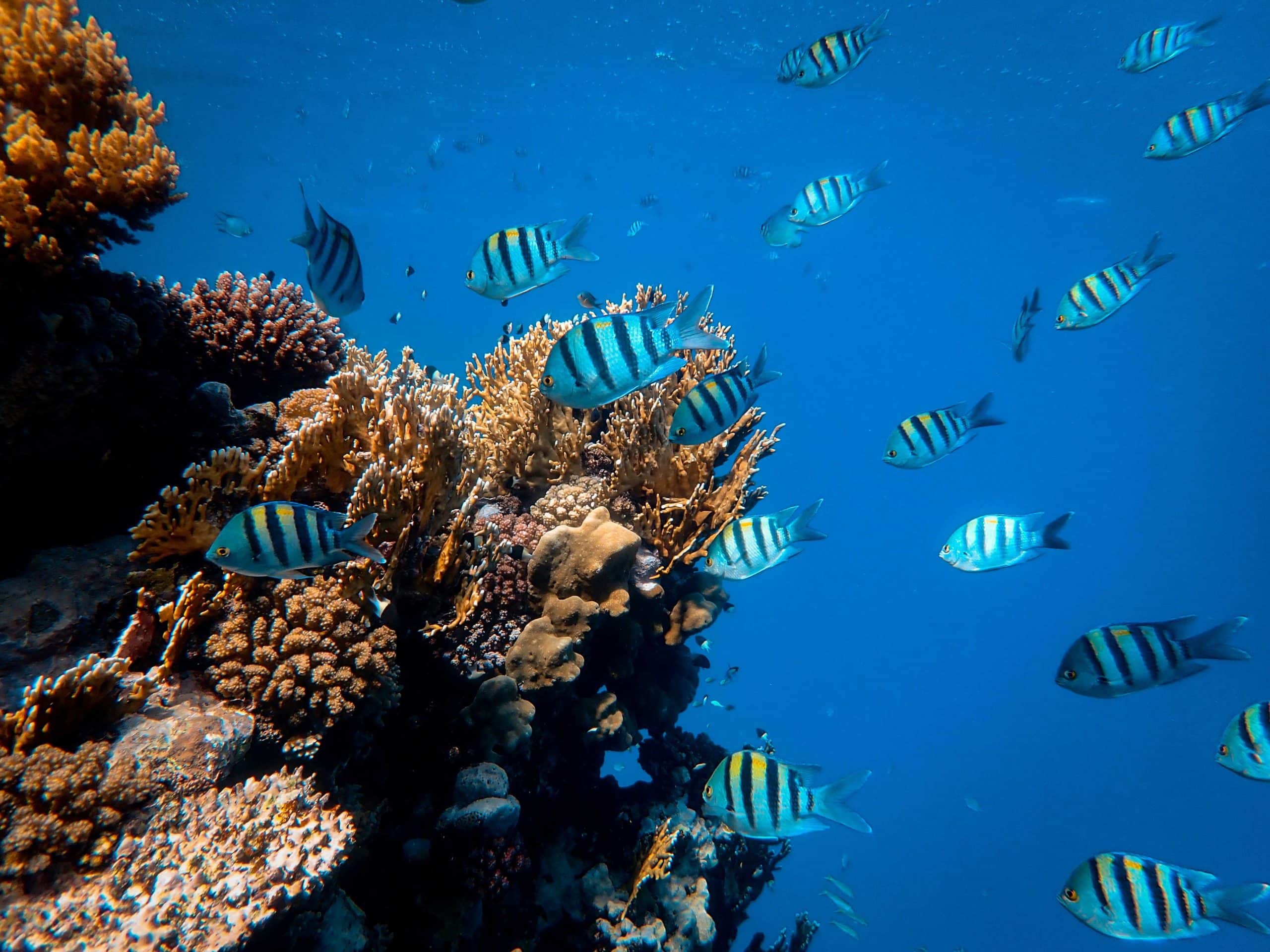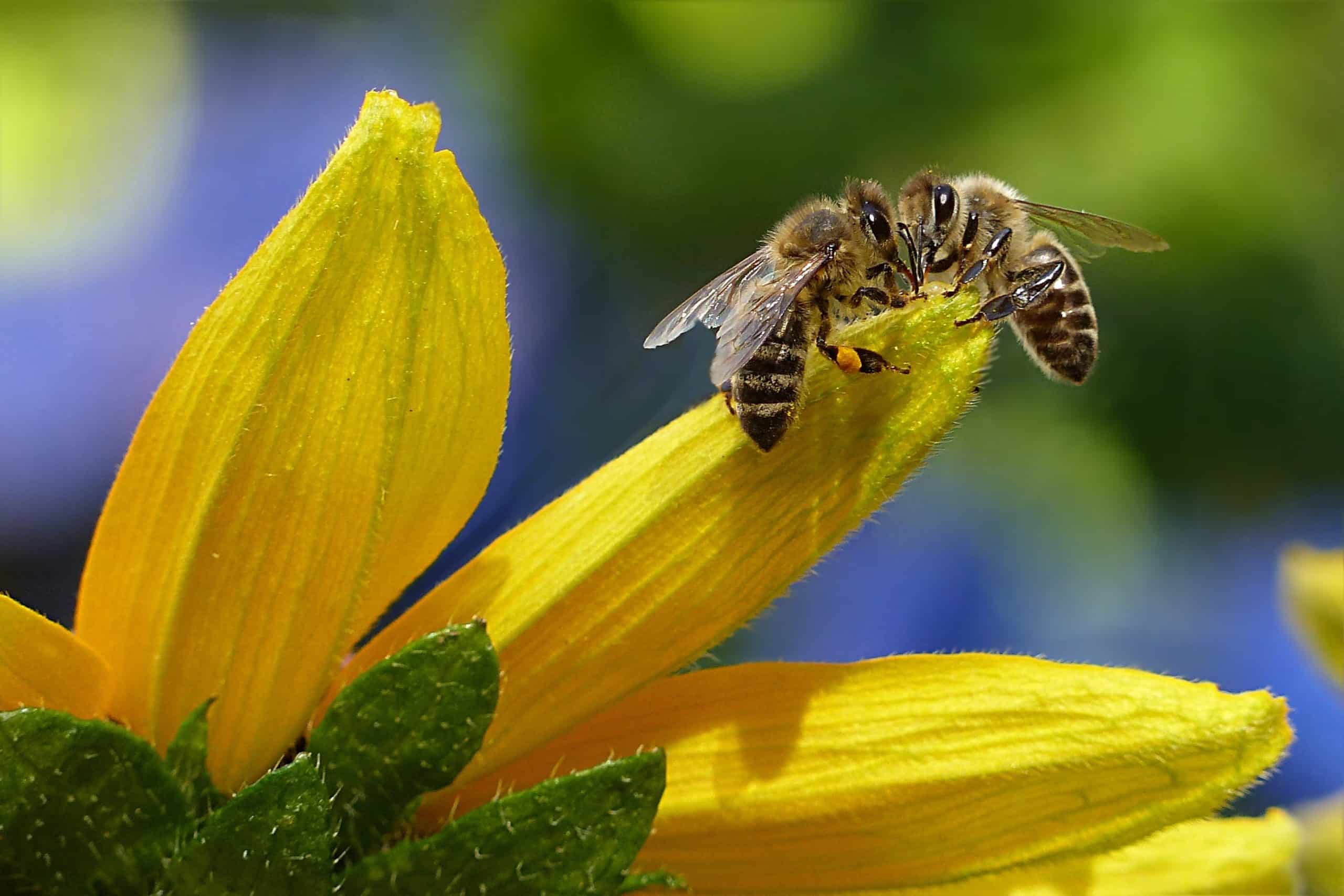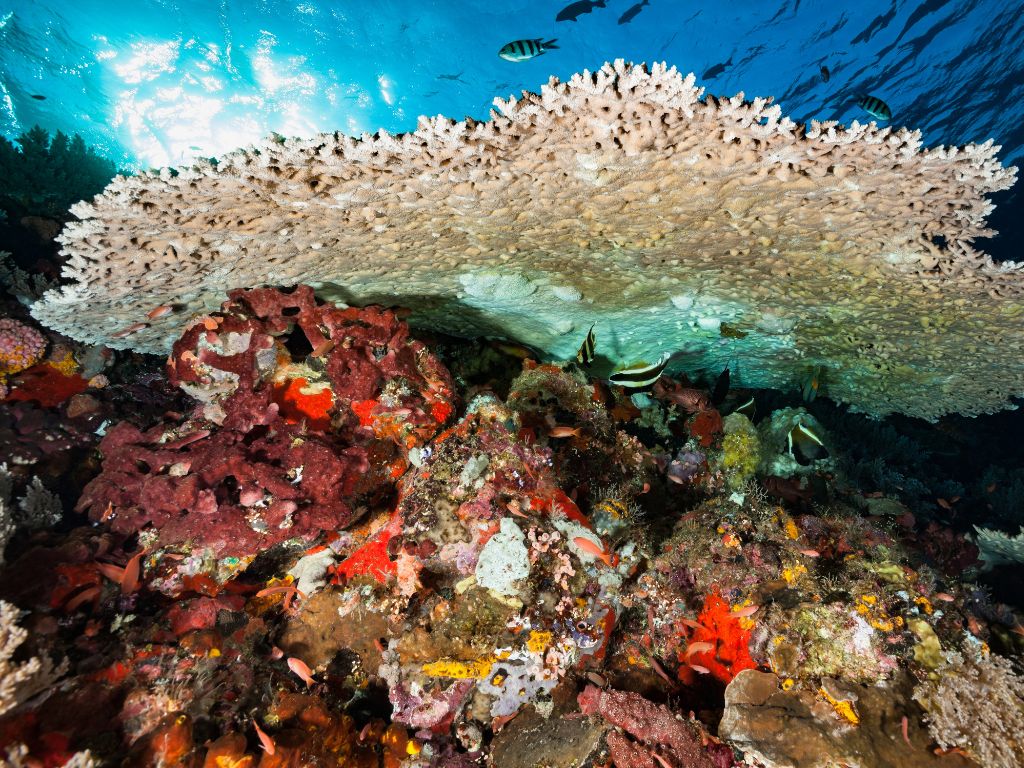There are between 5.3 million and one trillion species on Earth and while humans just make up 0.01% of the planet’s life, their activities are compromising its health and killing millions of animals and plants every year. Biodiversity loss is happening at an extremely wide scale and, if left unchecked, it can have devastating social, economic, and environmental consequences. What are the benefits of biodiversity and why is it so important to protect it?
—
One of the most amazing things about our natural world is the diversity of life that exists in it. The term “biodiversity” refers to the variety of living organisms, their genetic differences, and each species’ relationship to one another. Biodiversity is often called the “web of life” because it shows how all the species work together to support life and ecological balance on Earth.
Today, our modern lives and patterns of overconsumption are putting a strain on the planet’s natural resources. Aside from climate change, biodiversity loss is another huge issue we have to tackle. According to the WWF’s Living Planet Report 2022, since 1970, 69% of our planet’s wildlife population has been lost due to land-use change, over-harvesting, habitat fragmentation, invasive species, and pollution. 75% of our land has been fundamentally altered, 66% of oceans negatively impacted, and 85% of wetlands lost.
The degradation of ecosystems and loss of species have become so alarming that in 2017, scientists referred to the situation as a “biological annihilation”, with many of them saying that the Earth is entering its sixth mass extinction event.
You might also like: What and When Were the Mass Extinction Events?
“The diversity of life on Earth is the defining feature of our planet”, Professor Georgina Mace, head of the Centre for Biodiversity and Environmental Research at University College London, told the European Commission. “We don’t know of any other planets that have life on them. We developed and evolved with other species here, and their diversity allows us to thrive. So, it’s very reckless to assume that we can do without them and that we don’t have some responsibility for all those other species.”
3 Types of Biodiversity
There are three main types of biodiversity: genetic diversity, species diversity, and ecosystem diversity. To fully understand how biodiversity maintains life on earth, let’s look at how each of them works.
1. Genetic Diversity
Genetic diversity refers to the variety of genes within a certain species. It looks at diversity at the level of DNA. DNA is the building block of genes, and genes are the basic units of heredity. Genes are responsible for the physical traits of a species. One species may be composed of different populations and have different genetic compositions. Humans, for example, have small differences in their DNA bases. These differences contribute to a person’s unique physical features. People living in different regions also show high levels of variation.
2. Species Diversity
Species diversity is the variety of species observed within a community or region and refers to the number and distribution of species in a habitat. The number varies depending on environmental conditions. Habitats like coral reefs and rainforests are blessed with an abundance of species. On the other hand, a desert has low biodiversity due to its low rainfall and high temperatures.
Species diversity also considers the roles that each species have within the habitat. That is where predators and prey come in. For example, there is a community that has only one predator that goes for one type of prey. If the predator population is maintained, the prey population is also maintained. If the predator’s population suddenly decreases, the prey species may explode and create a ripple effect on the entire community. The ideal situation would be having a habitat that has multiple predators chasing the same prey. That way, if there’s a problem with one predator species, the whole community is spared from the destabilising effects of any sudden change.
3. Ecosystem Diversity
Ecosystem diversity is the largest scale of biodiversity. It reflects the variety of ecosystems or habitats in a geographic area, as well as genetic and species diversity. An ecosystem is a community of organisms interacting with each other and their environment. It can be as small as a pond or as large as an ocean.
Unlike the two other types of biodiversity, ecosystem diversity looks at both non-biological (light, temperature) and biological drivers. Places with high ecosystem biodiversity create groups of communities that are better protected against drastic changes.

Photo by Francesco Ungaro (Pexels)
5 Benefits of Biodiversity
Biodiversity ensures that living things are able to thrive here on Earth. Biodiversity loss is more than just the extinction of rare species, an idea that may sound remote and so removed from our everyday lives. What many do not realise is that it directly affects humans as well. Loss of biodiversity disrupts the essential mechanisms needed for food production, health maintenance, and climate regulation. To better understand its importance for human life, here are the main benefits of biodiversity:
1. Disease Resistance
Genetically diverse populations have better chances of surviving a catastrophe like a pandemic. Diverse populations carry genetic codes that make certain members of their group less vulnerable. When those carrying these genetic codes reproduce, disease resistance is passed along and the species’ survival is ensured.
2. Carbon Sequestration
Carbon sequestration is the process of capturing and storing carbon dioxide from the atmosphere. It reduces atmospheric carbon dioxide and its ultimate goal is to reduce climate change. Vegetation and soil in ecosystems like forests, peatlands, grasslands, seabeds, wetlands, and kelp beds act as carbon sinks, removing carbon dioxide from the atmosphere.
3. Storm, Flooding, and Coastal Erosion Regulation
Coastal sea levels are rising and the World Economic Forum says that as many as 410 million people could be affected by the end of the century. While 59% of sea level rise is expected to be in tropical Asia, countries such as China, France, Senegal, Nigeria, and the United States are also at risk. Restoration and protection of coastal ecosystems such as salt marshes and mudflats will be an important aspect of flood prevention for low-lying coastal communities. Saltmarsh plants and microbes stabilise and bind soil together. Coupled with greater root biomass, these ecosystems can provide better resistance to soil erosion.
Ecosystems like coral reefs, seagrass, and soft-bottom ecosystems work as buffers against waves or storms, protecting coastal communities that are prone to typhoons.
4. Food Security
Our food system and agriculture are strongly linked to biodiversity. Millions of species work together to supply us with a variety of grains, vegetables, fruits, and animal products. Food production relies on many “services” that biodiversity provides. This includes pollination, maintenance of soil fertility, resistance to pests and diseases, climate maintenance, and water filtration. Losing pollinators like bees could cost the UK’s agricultural industry up to £700 million (US$812 million) annually and could compromise the country’s food supply.

Photo by Pixabay
You might also like: What is Brighton’s Bee Bricks Initiative?
5. Overall Health and Happiness
Whether it is strolling in a park in the city, going to the mountains, or swimming in the sea, being in contact with nature has a host of benefits for humans. Exposure to green and blue spaces outdoors improves our working memory, attention control, and cognitive flexibility. Researchers also found that aside from cognitive improvements, contact with nature is associated with increased positive social interactions, happiness, having a sense of meaning in life, as well as decreases in mental stress.
Conclusion
Biodiversity is like an insurance policy for the planet, protecting species and communities against sudden changes and stresses. Biodiversity should be conserved because of its role in maintaining the resilience of ecosystems. Many conservation campaigns focus on saving individual species from extinction, but it’s important to remember that no organism exists in isolation. If a species is at risk, chances are that its ecosystem is in danger as well.
You might also like: 7 Solutions to Biodiversity Loss.

















